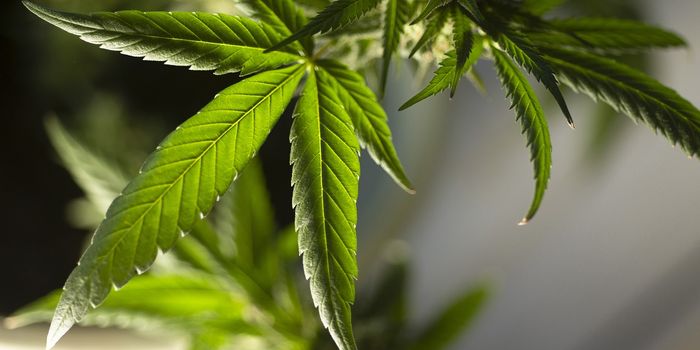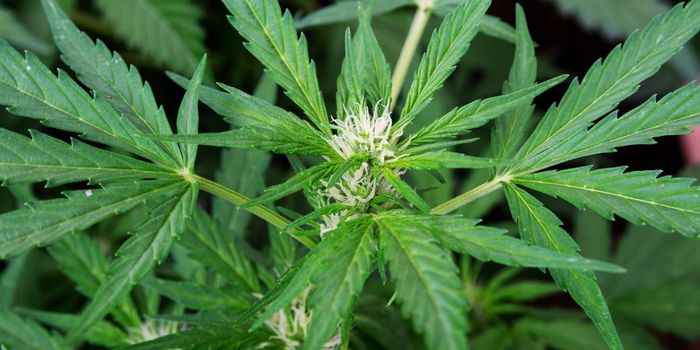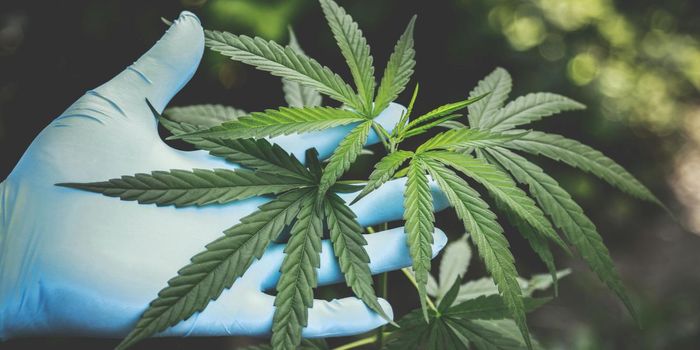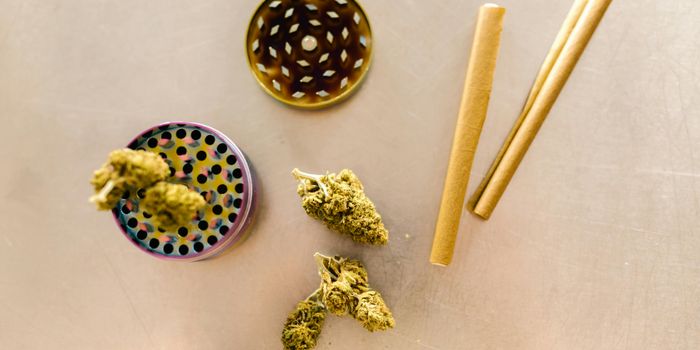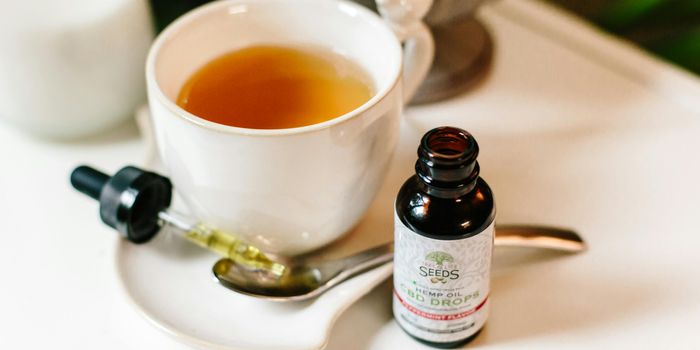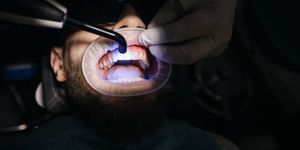Yeast Cells Can Be Used to Detect Active Cannabinoids
Researchers at the University of Copenhagen, Faculty of Science, have created a portable plastic device containing a yeast cell biosensor that detects the active substances in cannabis. The findings published in the journal Nature Communications can be used to develop innovative drug-testing strategies.
When plant material, saliva, urine, blood, or other material is placed into the biosensor device, it would use a smartphone camera to see if the yeast cells glow red. results can be produced in roughly 15 minutes.
The researchers substituted the yeast cells’ sex drive with a sense of taste and smell so that it could detect active cannabinoids. Study author Dr. Sotirios Kampranis explained the research team’s process: "We have made a living sensor out of the yeast cell, which can now sense cannabinoids or molecules that have the same function as cannabinoids even if they look very different than cannabinoids. Among other things, the biosensor can be used to look for new substances with the same properties as cannabinoids. This could democratize medicinal development so pharmaceutical companies aren’t the only ones equipped to discover new substances." It’s possible this biosensor could result in more accessible, cost-effective drug screening for therapeutic plant substances.
Humans use approximately hundreds of different G-protein-coupled receptors to taste and smell. The researchers substituted the GPCR that yeast cells use to sense the opposite sex with the GPCR humans use to recognize cannabinoids. The researchers added a set of new genes to the yeast cells’ genetic material that turns it a glowing red when it senses cannabinoids.
The yeast cell sensor device potentially addresses a critical need for more accurate cannabinoid testing. The device can be 3D printed or assembled using easily obtained materials, and the yeast cell can be adapted to detect opioids like morphine, fentanyl, and oxycodone. The researchers would like to make the test tool available free of charge.
Sources: Eureka News Alert, Nature Communications, University of Copenhagen


